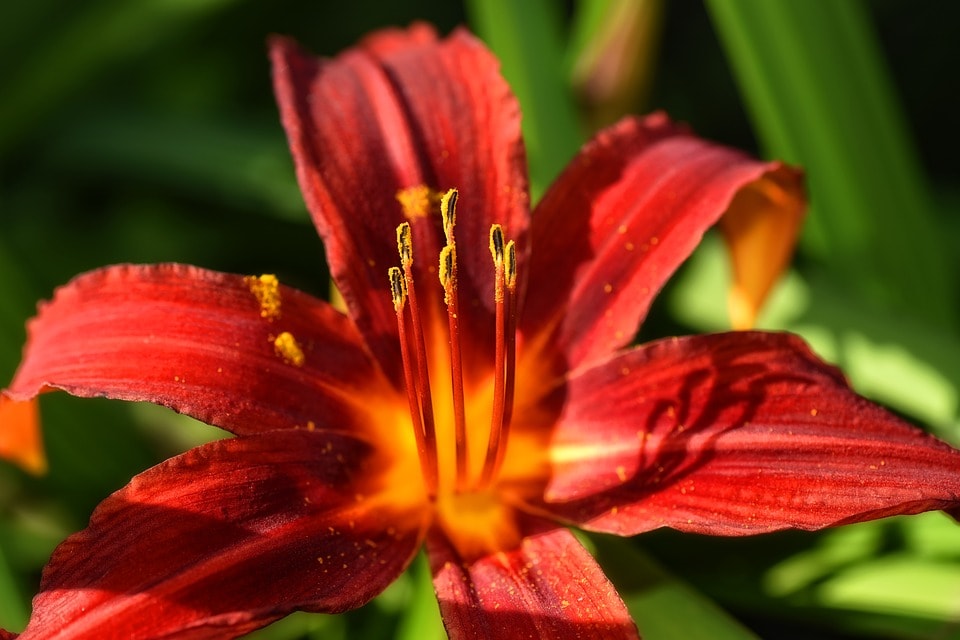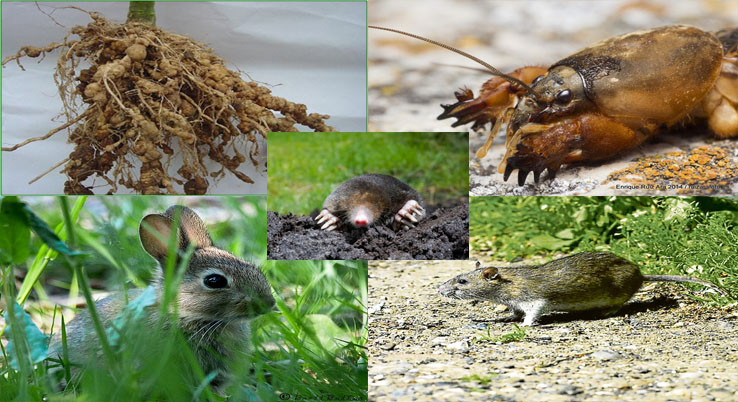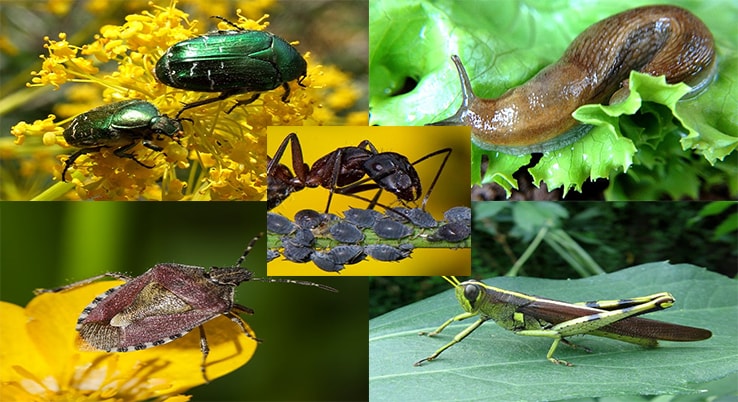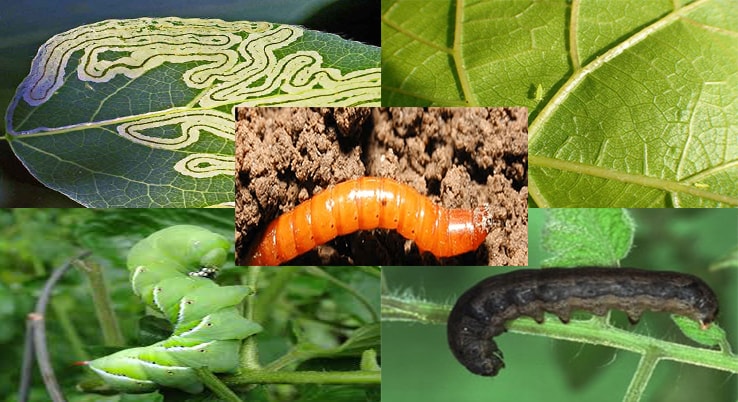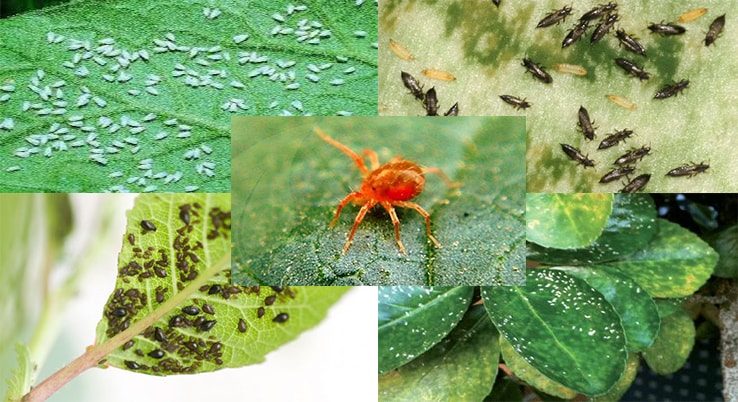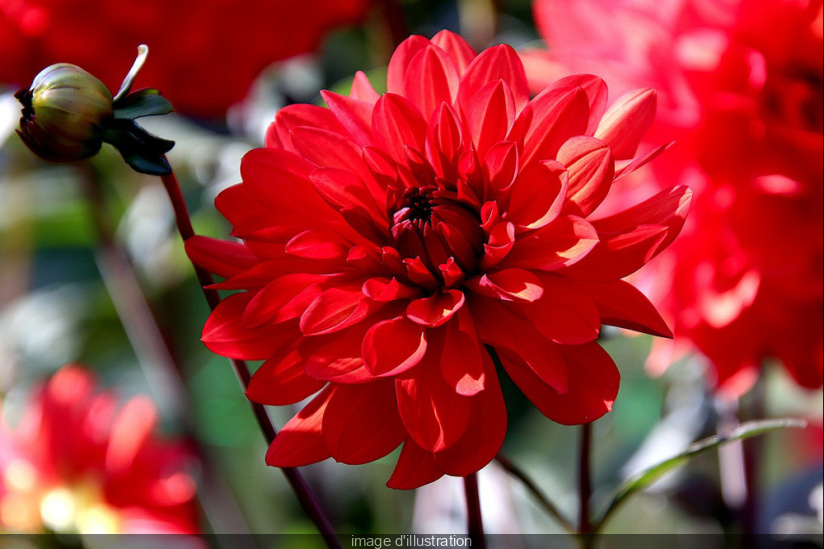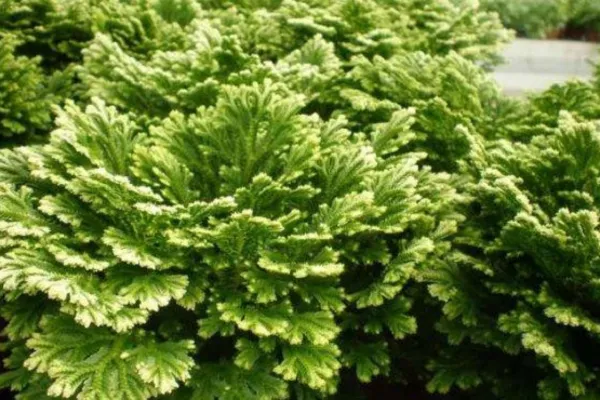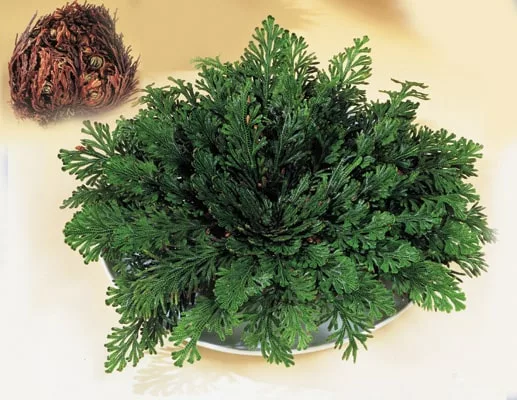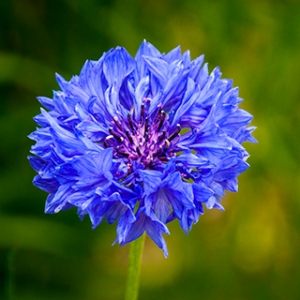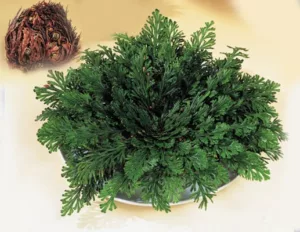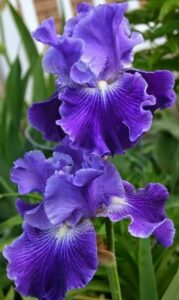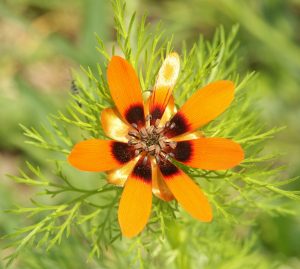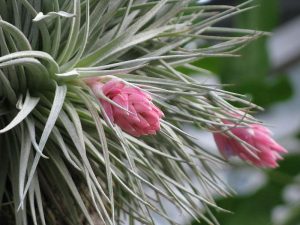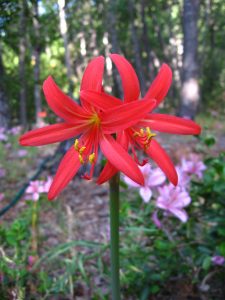Lilies: types, characteristics and fundamental uses
Lilies
Undoubtedly this flower we like everyone for its exquisite aroma and variety of colors, it is the lilies.
Origin

Lilies have spread because of their beauty and climate adaptability throughout the world. However, it is native to Asian countries such as Russia, Korea, India and China, also in some parts of Europe and America. They have also adorned the gardens in various parts of the world for more than 3,000 years. They are exotic flowers, resistant to all types of weather and with a delicious fragrance.
Characteristics
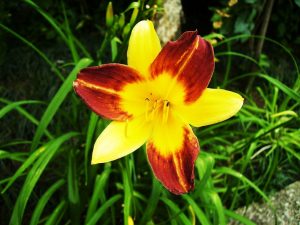
The lilies are flowers belonging to the genus Lilium, of the family of the Liliaceae, of the Liliales order. They are bulbous plants with a great diversity of shapes and colors. They can be found from striped, smooth or mottled, and of different colors such as blue, red, white, yellow, orange or purple. Its stems are leafy, and form underground bulbs that allow the flower to store nutrients and survive the winter without problems, guaranteeing the resistance of its flowers.
Meaning
Lilies have different meanings according to their color and their uses.
Meaning by colors:
Whites: Purity and innocence.
Yellows: They are linked to joy, happiness and loyalty.
Reds: They are a test of love and passion. It is almost always used among lovers.
Oranges: It is a symbol of optimism. When used as a gift, it aims to encourage someone with problems.
Blues: a meaning of trust, tenderness and fidelity is attributed to them.
Purple: conveys a desire that escapes the control of reason. “You drive me crazy” or “I want to seduce you” are clear messages of this gift.
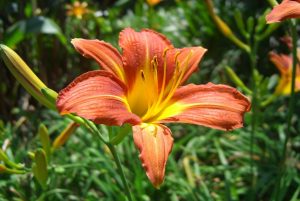
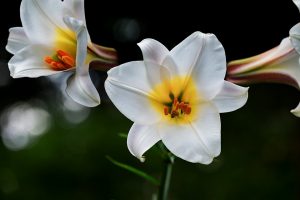
Reproduction
Lilies can be planted in gardens or in pots. In any of these variants you should place them in a place where they receive direct sunlight, as it facilitates their growth. The best time of year to plant it is late summer.
This beautiful plant can be sown by seeds or by bulbs. The first option is to plant it in the nursery and after being transplanted, or in a pot. If you decide to plant it with the bulb, you must sow it complete with the pointed side up, so that it grows with greater force. Use 3 to 5 bulbs, so that the plant has a better visual effect in your garden.
The soil must be fertilized and well drained to avoid puddles that can cause root rot. You must leave some distance between the plants so they have enough space to grow.
Applications
Lilies are often used to decorate or give away at various events. At weddings it is common to find white lilies adorning the centerpieces or forming part of the bride’s dress. They represented the purity with which brides arrived before marriage. Yellow lilies are also given on birthdays, using the joy of this color.
Its use is common in the cosmetic industry, especially in the production of perfumes and aromatic creams. Holland is currently the country that has the largest production of lily bulbs, which have as main destination Europe, the United States and Canada.
The oil of the lily flower is used to relax the body and reduce inflammation in case of contusions. Oils are also made, which are useful to treat burns, ulcers, skin marks and freckles.
Types of most important lilies:
Jouney's End
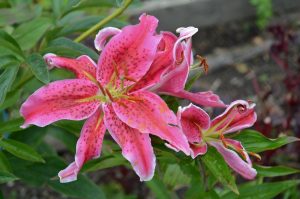
His name means “the end of the trip”. It is one of the most beautiful types of lilies. Its flower is large and simple, but colorful, perfect for interior decoration.
Medeoloides
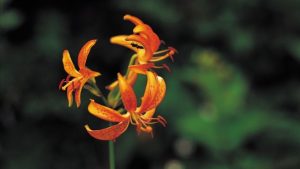
This flower is characterized by the orange color of its small flowers, and by its short stem.
Especiosum

This plant is commonly known as: superb lily, lily rubrum, Japanese lily and oriental lily. This original bulb from East Asia (South China and South Japan) can reach a meter with twenty centimeters in height and twenty-five centimeters in width.
Martagon
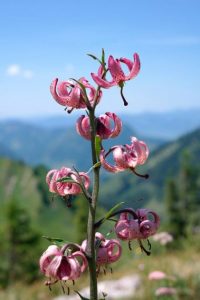
It is called martagon, weeping lily or bozo. This particular variety is a lily of forests and shady places between 400 and 1700 meters of altitude. They are pink and purple with dark spots.
StarGazer
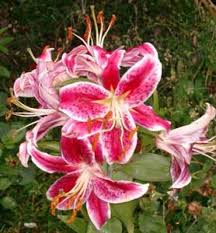
One of the most incredible and sought after varieties of lily. It is known for its petals of impossible curves and its spectacular flowering. However, this is not its fundamental attraction. Its main attraction is in the world of fragrances, being one of the varieties that most smell permeates the environment.
His name in English “Star” means “Star” and “Gazer” means “Lookout” as a person who is dedicated to observe something. So “Stargazer” means one who is dedicated to looking at the stars, which in Spanish we know as an astronomer. The StarGazer is considered one of the most cultivated lilies for home decoration.
Sterling Star
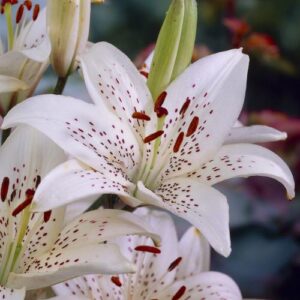
One of its main characteristics are its long stems and its beautiful red arched flowers. It is considered the most romantic type of lily with its white flowers and its soft aroma.
Plagues and diseases
Some of the plagues and diseases that affect lilies are:
Larvae and beetles: they feed on their leaves, leaving small holes that weaken it.
Fungi: directly affects the leaves, leaving white spots on them. It is caused by excessive humidity as well as warm temperatures.
Rabbits, squirrels and marmots: whole plants can be eaten.
The Lilies will bring beauty, color and fragrance to your garden.
Cheer up! Here I leave some proposals.
To care for your plants and protect them from these pests you can visit our articles about them.
Remember to like and share on your social networks if you liked this article. Leave us your comments here.![]()
Share this content:
